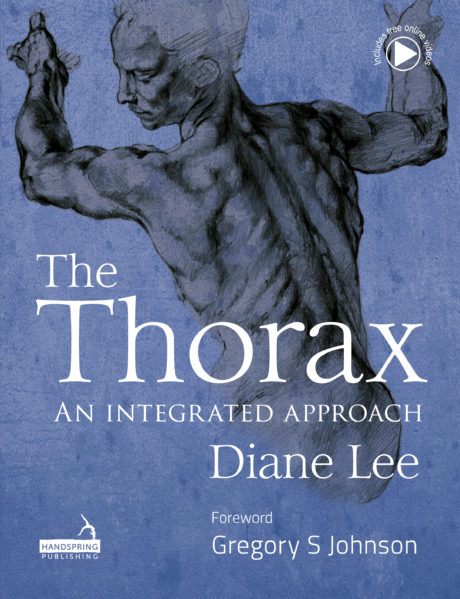Course description
Persistent knee and foot pain are common complaints in patients with poor trunk function. Do you know how to determine if the pelvis, thorax, or even the cranium is playing a role in the clinical presentation and if so what to do or where to begin treatment?
A key feature of the Integrated Systems Model is understanding how to determine the relationships between multiple sites of sub-optimal alignment, biomechanics and control and decide where the best place is to intervene. This is called finding the primary driver and is task and individual specific.
The key concepts of this approach will be highlighted during this 3-day course with specific focus on the knee and foot and their relationship to the rest of the body. Once the primary driver is determined for each meaningful task, vector analysis will confirm the underlying system impairment (articular, neural, myofascial, visceral) and thus determine the treatment prescription of what to release, align, connect and move (RACM).
Clinical reasoning of multiple findings and manual and visual assessment and treatment skills are emphasized in this course with plenty of practical time/discussion devoted to these two clinical practice tools.
At the end of this course, you will have new skills to assess function of the knee and foot in relationship to the rest of the body. You will understand how to design a multimodal treatment program (including education, manual therapy, neuromuscular release, vector taping and motor control/movement training (Stages 1 to 3)) to restore function and performance for any patient presenting with persistent knee and/or foot pain.
Objectives & Learning Outcomes
- Illustrate how the Integrated Systems Model provides a framework to find the underlying driver for the patient’s problem – whether this is pain, loss of stability, loss of performance, or other disability.
- Demonstrate and practice some key clinical tests for the knee and foot to determine whether or not a patient is using an optimal strategy for function & performance for their chosen task and when there are multiple sites of impairment, how to determine the ‘primary driver’ or impairment to be addressed first.
- Discuss the clinical reasoning process required to determine if the knee and/or foot is the driver for loss of optimal function (develop reflection skills), or if the driver is somewhere else. Secondary and co-drivers will also be introduced/discussed.
- Demonstrate and practice key clinical tests for the articular, neural, and myofascial systems pertaining to the determined primary driver.
- Discuss the clinical reasoning process for the development of a prescriptive treatment program that targets interventions to various system impairments pertaining to the primary driver.
- Demonstrate and practice treatment techniques and movement training to release, align, connect & move the whole body for restoration of better strategies for function & performance.
Recommended Preparation
Review your anatomy of the knee and foot. Re-visit your online support from the Thorax-Pelvis course as this material will not be covered and its use in clinical practice will be expected.
Resource Text for all ISM Courses
The Thorax – An Integrated Approach by Diane Lee
This is the latest book Diane has written (2018) and is ISM through and through! It is about more than the thorax, it is about the relationship of the thorax to the rest of the body and will be a valuable resource both during and after your course.
Published by Handspring Publishing in 2018 and offered at a 20% discount (with free shipping to the UK, Canada and the USA) to all of my students. Click on the link below to purchase and insert leestudent19 as the coupon code to receive your discount. This code can only be used once and please do NOT share this code with any non-student or we will lose this privilege, thanks.
https://handspringpublishing.com/product/the-thorax-an-integrated-approach/


Brilliant course!
The bite size videos were easy to digest and I appreciated the synopsis given above each video. I felt that there was a great spectrum of subject’s shown – it was good to see when someone was not ready to progress to stage 2, for example. Fantastic course!